
Renovations and improvements in the 1980s and '90s left Greenpoint residents with the very nice-looking nine-acre park you see today.
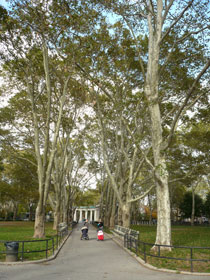 At the far end of this avenue, you can see the colonnade of an impressive shelter pavilion that dates from 1910 and was designed by Helme and Huberty, the same folks who brought us the Boathouse and Tennis House in Prospect Park and other architectural delights. According to the Parks Department website, it is on the National Register of Historic Places and a New York City landmark.
At the far end of this avenue, you can see the colonnade of an impressive shelter pavilion that dates from 1910 and was designed by Helme and Huberty, the same folks who brought us the Boathouse and Tennis House in Prospect Park and other architectural delights. According to the Parks Department website, it is on the National Register of Historic Places and a New York City landmark.On the fall day of my recent visit it was being used only as a backdrop for a few kids hanging out. Check them out in the red jackets on the far left to get a sense of the scale:

Countless monuments around the world refer to "the World War" or "the Great War."
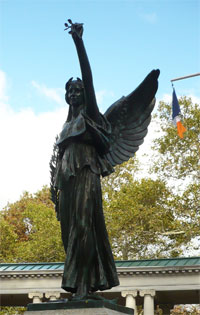 After what we now call World War One, a lot of people couldn't conceive of another such worldwide conflagration ever taking place, and the use of the definitive article seemed an appropriate, as well as hopeful, designation.
After what we now call World War One, a lot of people couldn't conceive of another such worldwide conflagration ever taking place, and the use of the definitive article seemed an appropriate, as well as hopeful, designation.McGolrick Park has one of New York's many such memorials, a winged figure symbolizing both victory and peace. Her pedestal says she's dedicated "to the living and dead heroes of Greenpoint who fought in the World War because they loved America, revered its ideals under God, and supported its institutions, and gave their all that our government shall not perish from the Earth." (I'll bet today's Tea Partiers wouldn't phrase it quite that way if they were dedicating a monument now. Soldiers giving their all…for the government?)
One corner is occupied by a nice garden named for a longtime parks supervisor.

Fall colors make for eye-pleasing displays around the park:

There are some five million trees in New York City, including close to 600,000 on the streets. This brilliant yellow display alongside McGolrick Park seemed worthy of note. What kind of tree is this? Eventually I suppose I will become a little more expert in identifying the city's trees, but I'm still waiting for it to happen, so if a reader would let me know, I'd be grateful.

The one to the right is a London plane tree, one of the most common city trees. There are some 35,000 of these on the streets of Brooklyn alone.
 This individual, though, being located in a park, gets the rare benefit of an ivy coating. Or is it a benefit? It looks nice, anyway. I had to look twice before I realized that under this carpet was a plane tree like any other.
This individual, though, being located in a park, gets the rare benefit of an ivy coating. Or is it a benefit? It looks nice, anyway. I had to look twice before I realized that under this carpet was a plane tree like any other.Monitor Street forms the eastern border of the park, named, not for a lizard or a school hallway cop, but for the Monitor ironclad, the famous ship that dueled with the Merrimac during the Civil War. Why? Because the legendary boat was born at the Continental Iron Works in this very neighborhood of Greenpoint. Shipbuilding was an important industry on the Greenpoint waterfront for a period during the 1800's.
The street name is not the only commemoration of the Monitor. In McGolrick Park you'll find this singular 1939 statue, The Monitor and the Merrimac, which honors both the battle and the Monitor's Swedish engineer John Ericsson (a statue of whom can be found in Battery Park). About the sculptor, Antonio de Filippo, precious little can be found in a quick online search. But he sure had a moment here.

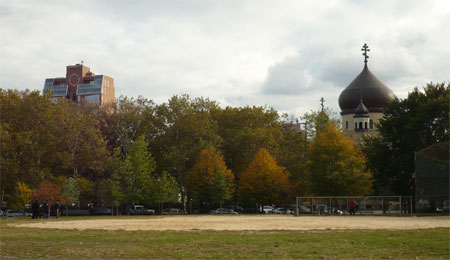
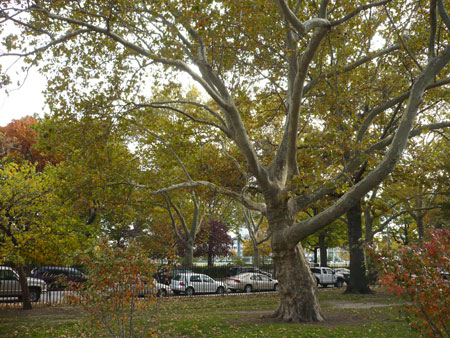
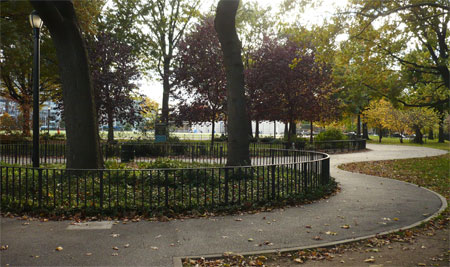




 Carl Schurz was a Union Army General in the Civil War, a Senator, a newspaper editor, and a Secretary of the Interior, among other things. The nearby neighborhood of Yorkville used to be well-known as a German-American neighborhood, remnants of which remain (in the form of one or two restaurants, at least).
Carl Schurz was a Union Army General in the Civil War, a Senator, a newspaper editor, and a Secretary of the Interior, among other things. The nearby neighborhood of Yorkville used to be well-known as a German-American neighborhood, remnants of which remain (in the form of one or two restaurants, at least).

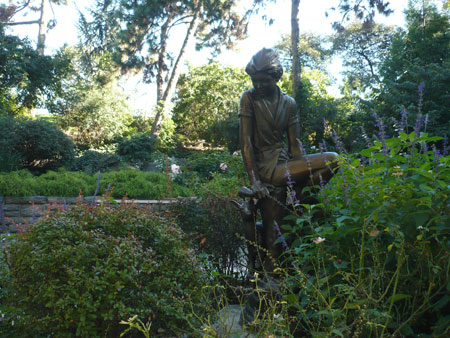

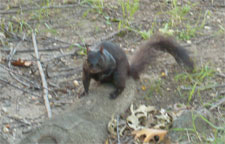 And by "see" I don't just mean "visit," I actually mean see. For one thing, from the Manhattan side of the East River it's difficult to even get a look at
And by "see" I don't just mean "visit," I actually mean see. For one thing, from the Manhattan side of the East River it's difficult to even get a look at 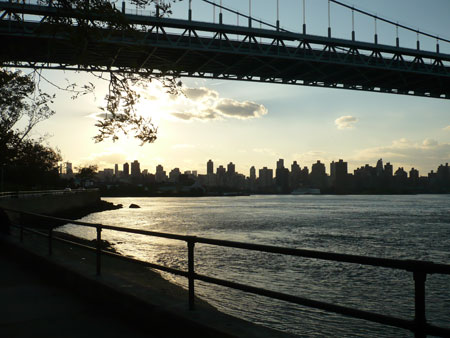
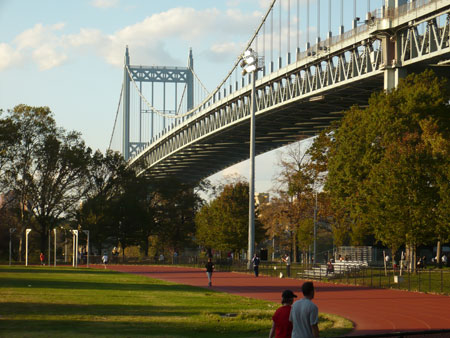
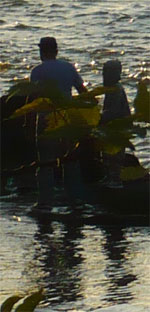 from the path along the waterfront and you can see it eddying and charging like Scylla and Charybdis. It's rough stuff.
from the path along the waterfront and you can see it eddying and charging like Scylla and Charybdis. It's rough stuff.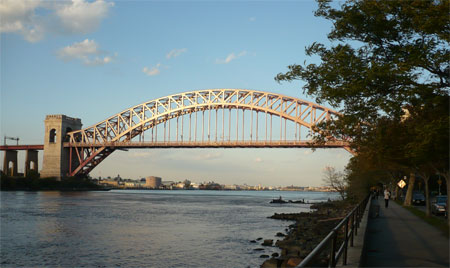



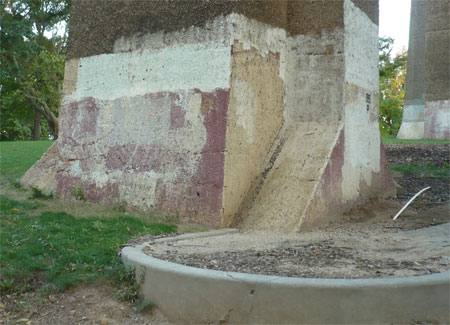

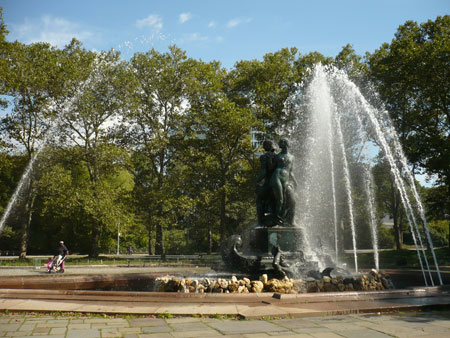



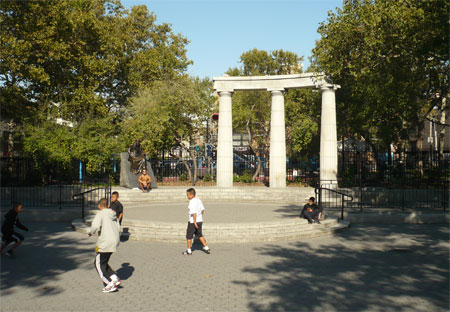


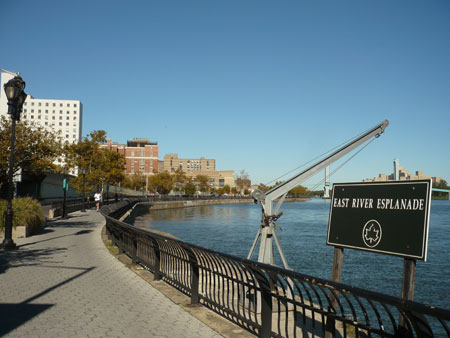



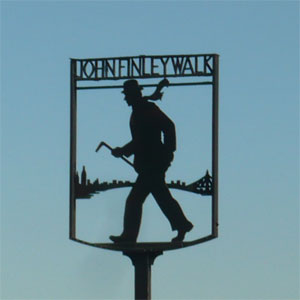

 Very close to
Very close to 
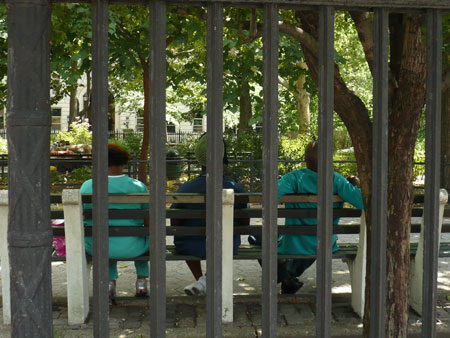
 but as far as I've seen on my numerous visits, no junkies shooting up. (Junkies don't shoot up any more, do they? And they're not called "junkies" either. Am I still living in the 70's? Yes, I suppose, in some ways. You dig?)
but as far as I've seen on my numerous visits, no junkies shooting up. (Junkies don't shoot up any more, do they? And they're not called "junkies" either. Am I still living in the 70's? Yes, I suppose, in some ways. You dig?)
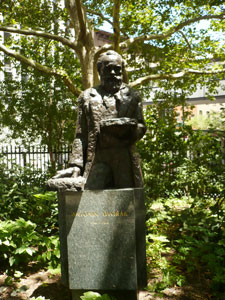 while, however, breathing some extra oxygen from all the plants.
while, however, breathing some extra oxygen from all the plants.
